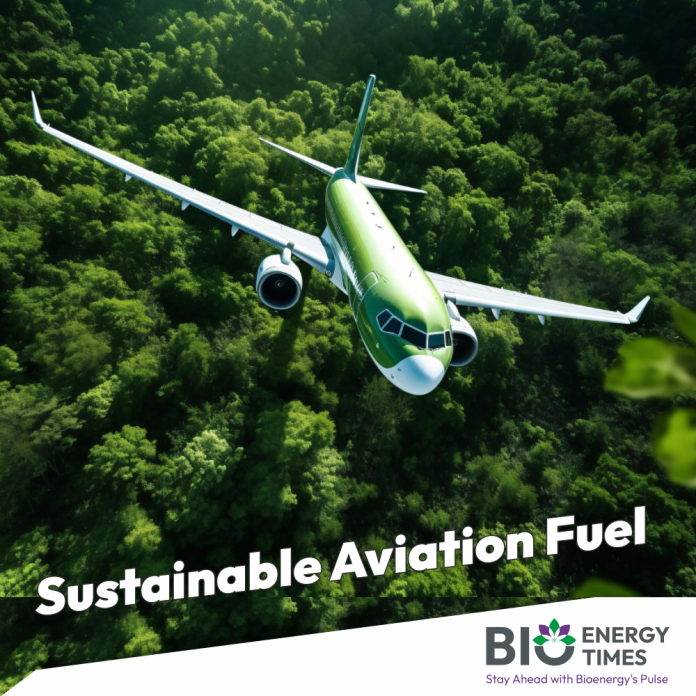Alaska, known for its vast size and reliance on air travel, has an opportunity to lead the way in sustainable aviation fuel (SAF) production. The state’s high consumption of aviation fuel could be reduced by transitioning to SAF, which offers a cleaner alternative to traditional jet fuel and could help boost Alaska’s economy while protecting the environment.
Alaska consumes more aviation fuel per capita than any other state. This is due to its large geographical area, low population density, and limited road infrastructure, making air travel essential for many residents. While the state’s dependence on air travel is likely to continue for the foreseeable future, there is an opportunity to shift toward more sustainable options, particularly SAF, to help diversify the economy.
Sustainable aviation fuel, made from renewable materials like algae, agricultural waste, and cooking oil, can be used alongside regular jet fuel. SAF has been shown to reduce carbon emissions by as much as 80% in some cases. Algae, which can capture carbon dioxide from the air and water, is proving to be a promising feedstock for SAF.
Alaska’s coastal areas, with vast opportunities for algae farming, are well-positioned to benefit from the growing demand for algae-based biofuels. The state’s nascent seaweed industry has grown rapidly in recent years, from almost nothing in 2017 to nearly 900,000 pounds of seaweed harvested in 2022. This development could be leveraged to help fuel the growing SAF market.
In 2023, federal agencies provided grants to companies developing SAF using algae. These efforts are part of a broader push to scale up domestic SAF production. In addition, a tax credit of $1.25 per gallon is available for SAF producers who reduce greenhouse gas emissions by at least 50% through 2024, further encouraging the development of sustainable fuels.
States like Washington and Hawaii have already introduced policies to support SAF production. Washington offers tax incentives for aviation biofuel manufacturers, while Hawaii provides grants to small businesses working on SAF technology. Alaska could follow suit by creating its state-led program that promotes SAF research and development, taking advantage of its algae resources.
With Anchorage serving as one of the world’s busiest cargo airports and passenger travel on the rise, Alaska has a unique opportunity to position itself as a hub for aviation fuel innovation. By focusing on SAF production, the state could meet the increasing demand for cleaner aviation fuel, contributing to global efforts to combat climate change.
“Alaska has the natural resources and infrastructure to become a leader in SAF production,” said an industry expert. “With the right policies in place, Alaska could be at the forefront of creating a sustainable future for aviation.”
By embracing algae farming for SAF, Alaska could not only strengthen its economy but also make significant strides in reducing the aviation industry’s carbon footprint.
For detailed information and further insights, please refer to BioEnergyTimes.com, which provides the latest news about the Sustainable Aviation Fuel Industry














